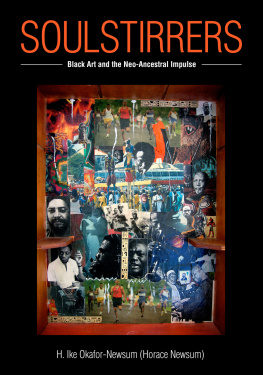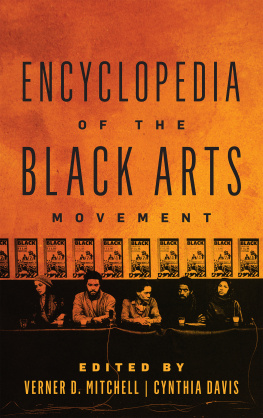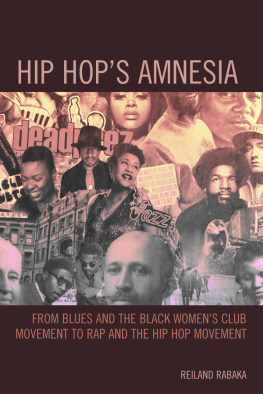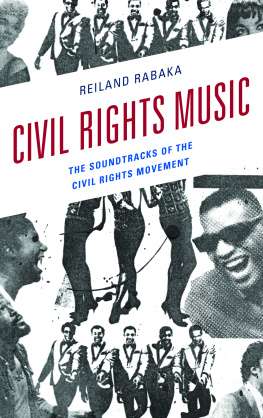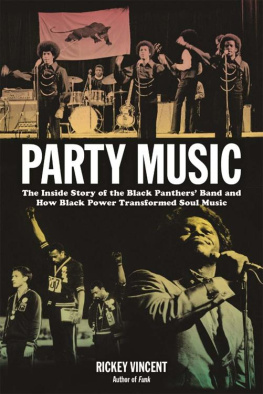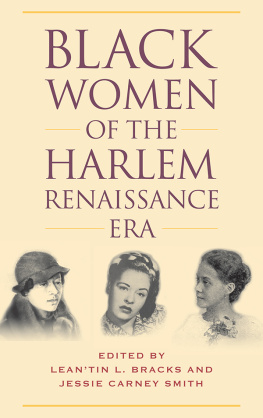
SOULSTIRRERS
SOULSTIRRERS
Black Art and the Neo-Ancestral Impulse
Ike Okafor-Newsum (Horace Newsum)
Foreword by Demetrius L. Eudell
Introduction by John W. Roberts
University Press of Mississippi / Jackson
www.upress.state.ms.us
The University Press of Mississippi is a member of the Association of American University Presses.
Copyright 2016 by University Press of Mississippi
All rights reserved
Manufactured in Singapore
First printing 2016
Library of Congress Cataloging-in-Publication Data
Newsum, H. E., 1951 author.
SoulStirrers : Black Art and the Neo-Ancestral Impulse / Ike Okafor-Newsum (Horace Newsum) ; Foreword by Demetrius L. Eudell ; Introduction by John W. Roberts.
pages cm
Includes bibliographical references and index.
ISBN 978-1-62846-225-8 (cloth) ISBN 978-1-62674-634-3 (ebook) 1. Neo-Ancestralist Artist Group. 2. African American art20th centuryThemes, motives. I. Eudell, Demetrius Lynn, writer of foreword. II. Roberts, John W. (John Willie), 1949 writer of introduction. III. Title.
N6512.5.N33N49 2016
700.8996073dc23 2015011845
British Library Cataloging-in-Publication Data available
In Memory
of
Evelyn Forrestine LaMondue Newsum
19312002
In the course of my career I have published many things, but (until now) nothing of real interest to my mother, who nevertheless was very proud of me and my accomplishments. This book is one she would have liked. Unlike my other works, which during her life were deposited on a shelf in my fathers study, copies of this work would have been boldly displayed on the two coffee tables in her house. If there are books in heaven, she is enjoying this one, so I dedicate it to her.
Ikechukwu
CONTENTS
by Demetrius L. Eudell
by John W. Roberts

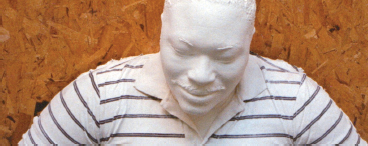
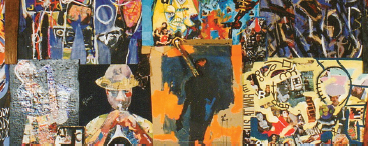
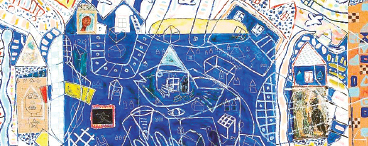
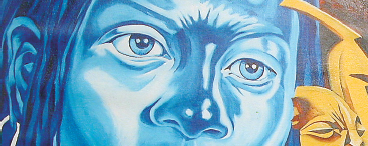
by Ipori Lasana (Karen Lake)
ACKNOWLEDGMENTS
Meeting Thomas R. Phelps, Kenneth Obasi Leslie, and James A. Jones changed my life. This book is a culmination of events, philosophical conversations, meditations, and collaborations that made possible a common vision we call the Neo-Ancestral aesthetic. So let me begin by thanking Tom, Ken, and Jimi.
No matter what, some folks are always in your corner, namely family. I wish to thank my siblings, Floyd Jr. and Vicki; my children, Okpara and Chinyere; their mother, Diane Louise Middleton; and especially my father, Floyd Newsum Sr., for the encouragement he has given me and for being everybodys rock. I am also grateful to my neighbors for their support and understanding throughout the creation of this book.
I want to express gratitude to my coworkers and friends who have helped me through this process: Jeanne Boykin, for providing much-needed technical support during the entire course of this processyour contribution is greatly valued; Alamin Mazrui, John Roberts, Demetrius L. Eudell, Judson L. Jeffries, Adeleke Adeeko, and Pat Mullen for their kind support at various stages of the books development; Antoinette Errante (my huckleberry) for her critical feedback and encouragement; Aneb Kgositsile for being there for me when I was lost and searching for something; and Ruthmarie Mitsch, former managing editor of Research in African Literatures, as well as the current managing editor, Molly Reinhoudt, for their invaluable help. Thanks to the artists who contributed images to this project. I would be remiss if I did not acknowledge the photographers J. Michael Skaggs, John Hunt, Melvin Grier, Pete Diehl, Thomas R. Phelps, and Rich Stadler for your digital editsthank you all. I especially would like to thank Constance Sue Richards, without whom I could not have completed this workyou are the best friend Ive ever had.
I am indebted to the University Press of Mississippi and to the Department of African American and African Studies and the College of Arts and Sciences at Ohio State University for the support they have given me. The Shot Tower Gallery director, Teresa Wienbush, and the faculty and staff at Fort Hayes Educational Center are owed a debt of gratitude for their support of the Bloods exhibition. Others to whom I owe thanks include Nia Gadson-Clay (wife of Kwame Clay), David Washington (father of Harry Washington), Laverne Washington Purce (Laverne Brown, wife of Smoky Brown), Greg Edwards (husband of Gilda Edwards), and Denise Batchelor (daughter of James Batchelor). I must also thank those faceless and unnamed readers for guiding me through this project: your careful reading of my book, and all of your suggestions, made this piece a better productthanks.
FOREWORD
The Counterpoetics of the Neo-Ancestral Impulse
Demetrius L. Eudell
Ceux qui nont invent ni la poudre ni la boussole
Ceux qui nont jamais su dompter ni la vapeur ni llectricit
Ceux qui nont explore ni les mers ni le ciel
mais ceux sans qui la terre ne serrait pas la terre
Ma ngritude nest ni une tour ni une cathdrale
Elle plonge dans la chair rouge du sol
Those who invented neither gunpowder nor the compass
Those who never mastered neither steam nor electricity
Those who explored neither the seas nor the sky
But those without whom the earth would not be the earth
My Blackness is neither a tower nor a cathedral
It plunges into the red flesh of the earth
T he above quotation, taken from Aim Csaires epic poem Cahier dun retour au pays natal (Notebook of a Return to My Native Land),their having explored the seas or erected cathedrals, that is, without having obtained full human status within the culture-specific technoscientific terms of the belief system of the secular Judeo-Christian West?
As an expression of Csaires concept of ngritude, the Cahier has been critiqued for glorifying the suffering of blacks as well as remaining at the level of emotion, and thus not engaging the real social and economic issues confronting black and colonized peoples. Thus, according to this interpretation, it has been argued that ngritude represented a vain and sentimental trap that was essentially based on an illusory racial community founded on a history of suffering, an approach that thereby rendered it a violent and paradoxical therapy that replaced the illusion of Europe by an African illusion. However, since the social can never analytically be separated from the symbolic, by calling into question the Western self-conception as the embodiment of civilization and rationality, Csaire, it can be asserted, was attempting to come to terms with the conceptual foundation of the racialized, global colonial system brought into being by the West. And, moreover, he did so by not attempting to imitate the Western definition (that is, ontology) of what constitutes the being of being human.
Moreover, being made into objects of property laid a foundation for original creative responses that suggests a dialectic of subordination and regeneration at work. Thus, Csaire noted that those whose only voyage was that of being uprooted (ceux qui nont connu de voyages que de dracinements) would be nonetheless captivated by the vitality of life (saisis, lessence de toute chose). Thus, the paradoxical result of the horrors of the Middle Passage was the dynamic invention of new cultural forms that became indispensable elements in the formation of societies in the Americas and, indeed, a central component of Western culture, even while such forms would be forced to contest this very mode of being and behaving in the world.
Next page
